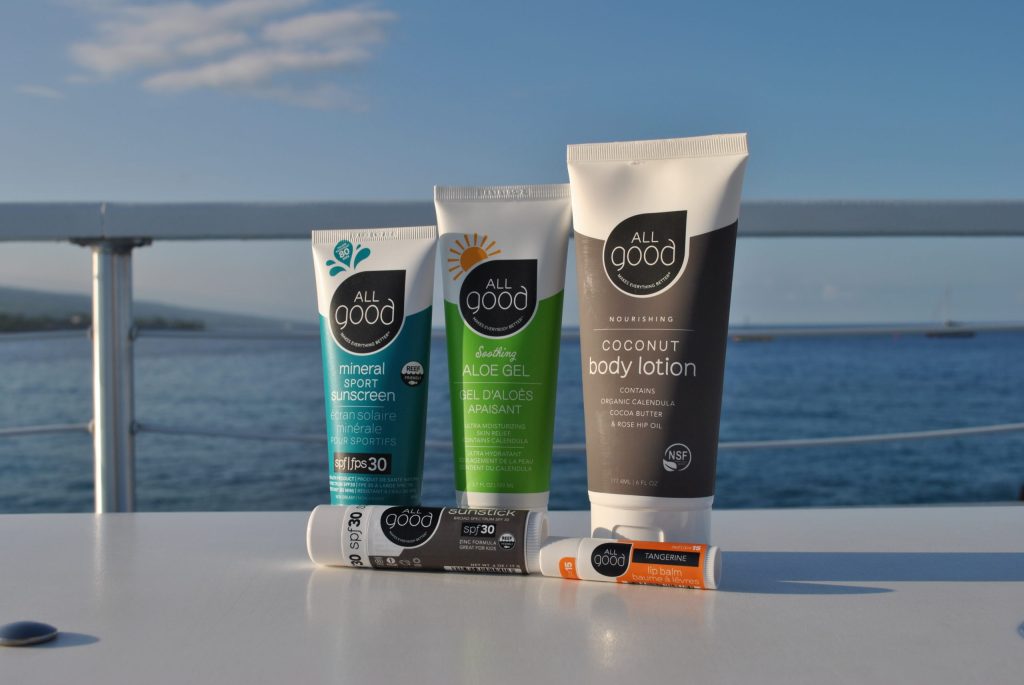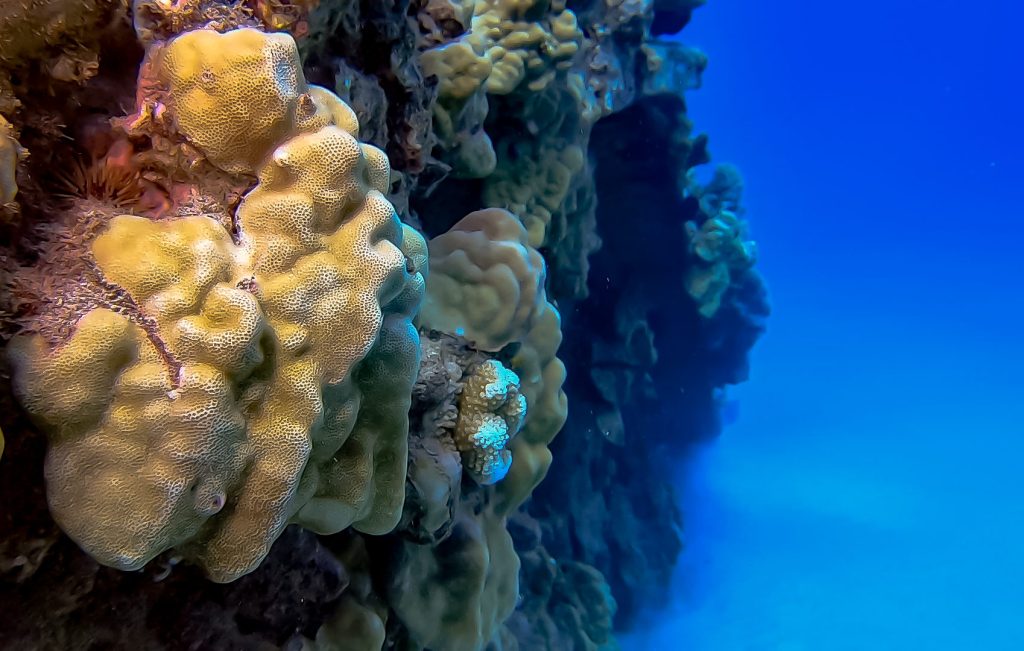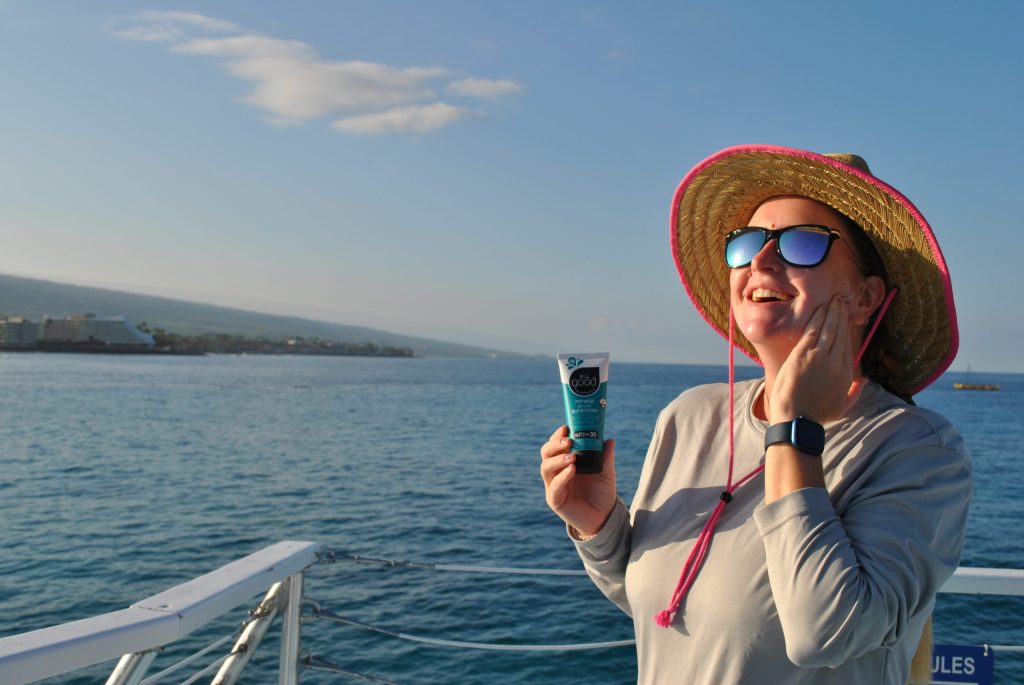It’s Official: Reef Safe Suncreen is Law

Sunscreen – it’s a beachgoer’s closest ally. Whether it’s tucked into your backpack’s side pocket, or buried somewhere at the bottom beneath all your snorkeling gear and towel, a bottle of it is there. After spreading your towel across the sand, you’ll lather it onto your skin to ensure your tropical vacation isn’t dampened by a painful red burn, before flipping open a book or wading into the crystalline waters of Hawai’i to peruse the iconic reefs.
Studies, however, have shown that chemical-based sunscreens have adverse effects on coral systems. Coral reefs are under a series of pressures that put them in danger, from overfishing, pollution, and rapidly warming oceans. Sunscreen, something we apply without a passing thought, also puts our reefs at risk.
In 2018, Hawaii passed the first sunscreen bill into place: by 2021, no stores are to sell sunscreen brands containing oxybenzone and octinoxate, two of the most common chemical ingredients. They provide excellent UV protection, but at a high cost to the environment and marine life – more so in excessive quantities. It can poison fish, and increase the rate of coral bleaching. Popular destinations like Kealakekua Bay on the Big Island and Hanauma Bay on O’ahu, which can host thousands of visitors daily, exhibit these effects clearly.

Coral has algae to thank for its bright colors. But when under duress, coral will expel this beneficial algae that has made a home within its tissue, which is what scientists have named “coral bleaching.” Once coral has turned white, it becomes vulnerable to disease and starvation. If the stressors persist, it will die.
In an attempt to mitigate human impact on the reef, using reef-safe sunscreen is the first step. Now, County Council Bill 167, the second bill that piggybacks on the 2018 sunscreen bill, has been passed as of July 2022. Beginning December 1, 2022, it will be illegal to sell or distribute chemical sunscreen on the Big Island.
Reef-safe sunscreen is anything mineral-based that does not include the ingredients oxybenzone, octinoxate and octocrylene*. The jury is still out on what constitutes a truly reef-safe ingredient, but for now, the best ingredients seem to be zinc oxide and titanium dioxide. However, the best sunscreen contains non-nano particles, which are larger than 100 nanoparticles, and therefore too large for coral to absorb itl.
*(These three show up on the “Awful Eight” sunscreen ingredients list, which also includes aminobenzoic acid or PABA, enzacamene, octisalate, homosalate, and avobenzone.)

Aboard the Kanoa II, Body Glove provides All Good sunscreen, which is made from non-nano zinc and is hypoallergenic. We also recommend you consider trying some brands made locally, here in Hawai’i. Little Hands sunscreen, produced here on the Big Island, comes in a tin, rather than a plastic bottle, and has tinted and non-tinted varieties depending on your skin tone. Another local option is Mama KULEANA (made on Maui), and comes in a biodegradable jar.
While there is no perfect solution for our skin and reefs, Body Glove Cruises implores you to make the ocean’s health your kuleana (responsibility) while visiting our islands. Apply sunscreen at least 15 minutes prior to entering the water, so your body has enough time to absorb the lotion. Swimming too soon allows the excess sunscreen to run off into the ocean, rather than letting it protect your skin. Additionally, save the sunscreen you brought from home for the hotel pool, and invest in a reef-safe sunscreen for the ocean.
See you at the beach!

